The last example built 1959 PORSCHE 356 CARRERA GT SPEEDSTER Chassis No. 84954 Engine No. unstamped Ruby red with black interior Engine: Type 692/3, four cylinder, twin overhead camshaft, air-cooled, 1,587cc, 115bhp at 6,500rpm; Suspension: independent all around with rear anti-roll bar; Brakes: vented four wheel drum. Left hand drive. The origins of the ultra rare Carrera-engined Speedster date back to 1954 when the Porsche competition department placed a four camshaft Carrera engine into a 356 coupe which had its roof lowered and had a one-piece windscreen fitted. Driven by Helmut Polensky and partnered by navigator Herbet Linge, the duo defeated Oliver Gendebien in a Lancia to win, for the second year running, the grueling 3,197 mile Liege-Rome-Liege Rally, generally acknowledged to be the toughest competition in Europe of the period. Porsche then decided to produce one hundred of the Type 547 Carrera engine to be placed in the 356A, the then-current road-going coupe, which would make the car eligible to take part in the up to 1,500cc GT class in World Championship races. This new 356, designated the 1500GS, was shown to the public in September 1955 and named the 'Carrera' after the Mexican road race, the Carrera Pan America, in which Porsche had done so well. Interestingly, the increased weight of the four-camshaft engine, together with its associated ancillaries, changed the front/rear weight distribution. The new Carrera now had more grip on exiting a turn plus lighter steering to make it more maneuverable. A chrome-wheeled Carrera coupe was shown on the Porsche stand at the Frankfurt Motor Show, and the new GT could also be purchased in Cabriolet and Speedster form. It was easily recognized by its twin exhausts, the dry-sump oil tank visible in the left rear wheel arch and the gold-colored script with the name 'Carrera' at the rear and along the front fenders. The new Porsche could reach 120mph and accelerate to 60mph in 11 seconds. John Bolster, writing for the magazine Autosport recorded: 'That 90mph third gear gave me the mastery of anything on wheels. When, on occasion, the rev-counter swung around the 7000rpm mark in top gear, the little low coupe gave a tremendous impression of sheer speed, the next obstruction suddenly seeming to fly towards one, though the powerful brakes were always able to cope.' This roller-bearing engine would run happily to 7500rpm, but Porsche warned customers against exceeding 6,500rpm for long periods, saying that engine wear and fuel consumption increased drastically above this. In March 1957, the Carrera Speedster of Rolf Goetze (he of piston ring fame), took part in a record run at Monza. With his engine bored out to 1,529cc so that the car could run in the 1,500 to 2,000cc class, he and his co-drivers averaged almost 115mph for twelve hours covering one lap at 127.7mph. The Carrera was steadily developed, primarily by lightening the car so that by 1957, the serious racing customer could buy either a Coupe or a Speedster with no heater, plexiglass windows, Weber carburetors (instead of the previously used Solex's) and an 80-liter fuel tank to extend its range. No undercoating or soundproofing plus the use of an aluminum Nardi steering wheel, further decreased weight. Sports Cars Illustrated tested a Carrera GT Speedster and Jesse Alexander wrote: 'It's hard for a conventional Porsche driver to get used to the fact that the engine smoothes out at about 4,200rpm, right where the pushrod Porsche would be getting rather wound up. At 5,000rpm in the Carrera things start to happen, and from there on up you've got that feeling of being pushed in the small of the back. The acceleration is accompanied by the most unholy snarl of power you ever heard...A shattering blast of sound that sends chills up the spine of the uninitiated. The range of speeds in the gears is amazing, 40mph in first, 70 in second and 100 in third, figures hard to believe until one gets behind the wheel and experien
The last example built 1959 PORSCHE 356 CARRERA GT SPEEDSTER Chassis No. 84954 Engine No. unstamped Ruby red with black interior Engine: Type 692/3, four cylinder, twin overhead camshaft, air-cooled, 1,587cc, 115bhp at 6,500rpm; Suspension: independent all around with rear anti-roll bar; Brakes: vented four wheel drum. Left hand drive. The origins of the ultra rare Carrera-engined Speedster date back to 1954 when the Porsche competition department placed a four camshaft Carrera engine into a 356 coupe which had its roof lowered and had a one-piece windscreen fitted. Driven by Helmut Polensky and partnered by navigator Herbet Linge, the duo defeated Oliver Gendebien in a Lancia to win, for the second year running, the grueling 3,197 mile Liege-Rome-Liege Rally, generally acknowledged to be the toughest competition in Europe of the period. Porsche then decided to produce one hundred of the Type 547 Carrera engine to be placed in the 356A, the then-current road-going coupe, which would make the car eligible to take part in the up to 1,500cc GT class in World Championship races. This new 356, designated the 1500GS, was shown to the public in September 1955 and named the 'Carrera' after the Mexican road race, the Carrera Pan America, in which Porsche had done so well. Interestingly, the increased weight of the four-camshaft engine, together with its associated ancillaries, changed the front/rear weight distribution. The new Carrera now had more grip on exiting a turn plus lighter steering to make it more maneuverable. A chrome-wheeled Carrera coupe was shown on the Porsche stand at the Frankfurt Motor Show, and the new GT could also be purchased in Cabriolet and Speedster form. It was easily recognized by its twin exhausts, the dry-sump oil tank visible in the left rear wheel arch and the gold-colored script with the name 'Carrera' at the rear and along the front fenders. The new Porsche could reach 120mph and accelerate to 60mph in 11 seconds. John Bolster, writing for the magazine Autosport recorded: 'That 90mph third gear gave me the mastery of anything on wheels. When, on occasion, the rev-counter swung around the 7000rpm mark in top gear, the little low coupe gave a tremendous impression of sheer speed, the next obstruction suddenly seeming to fly towards one, though the powerful brakes were always able to cope.' This roller-bearing engine would run happily to 7500rpm, but Porsche warned customers against exceeding 6,500rpm for long periods, saying that engine wear and fuel consumption increased drastically above this. In March 1957, the Carrera Speedster of Rolf Goetze (he of piston ring fame), took part in a record run at Monza. With his engine bored out to 1,529cc so that the car could run in the 1,500 to 2,000cc class, he and his co-drivers averaged almost 115mph for twelve hours covering one lap at 127.7mph. The Carrera was steadily developed, primarily by lightening the car so that by 1957, the serious racing customer could buy either a Coupe or a Speedster with no heater, plexiglass windows, Weber carburetors (instead of the previously used Solex's) and an 80-liter fuel tank to extend its range. No undercoating or soundproofing plus the use of an aluminum Nardi steering wheel, further decreased weight. Sports Cars Illustrated tested a Carrera GT Speedster and Jesse Alexander wrote: 'It's hard for a conventional Porsche driver to get used to the fact that the engine smoothes out at about 4,200rpm, right where the pushrod Porsche would be getting rather wound up. At 5,000rpm in the Carrera things start to happen, and from there on up you've got that feeling of being pushed in the small of the back. The acceleration is accompanied by the most unholy snarl of power you ever heard...A shattering blast of sound that sends chills up the spine of the uninitiated. The range of speeds in the gears is amazing, 40mph in first, 70 in second and 100 in third, figures hard to believe until one gets behind the wheel and experien

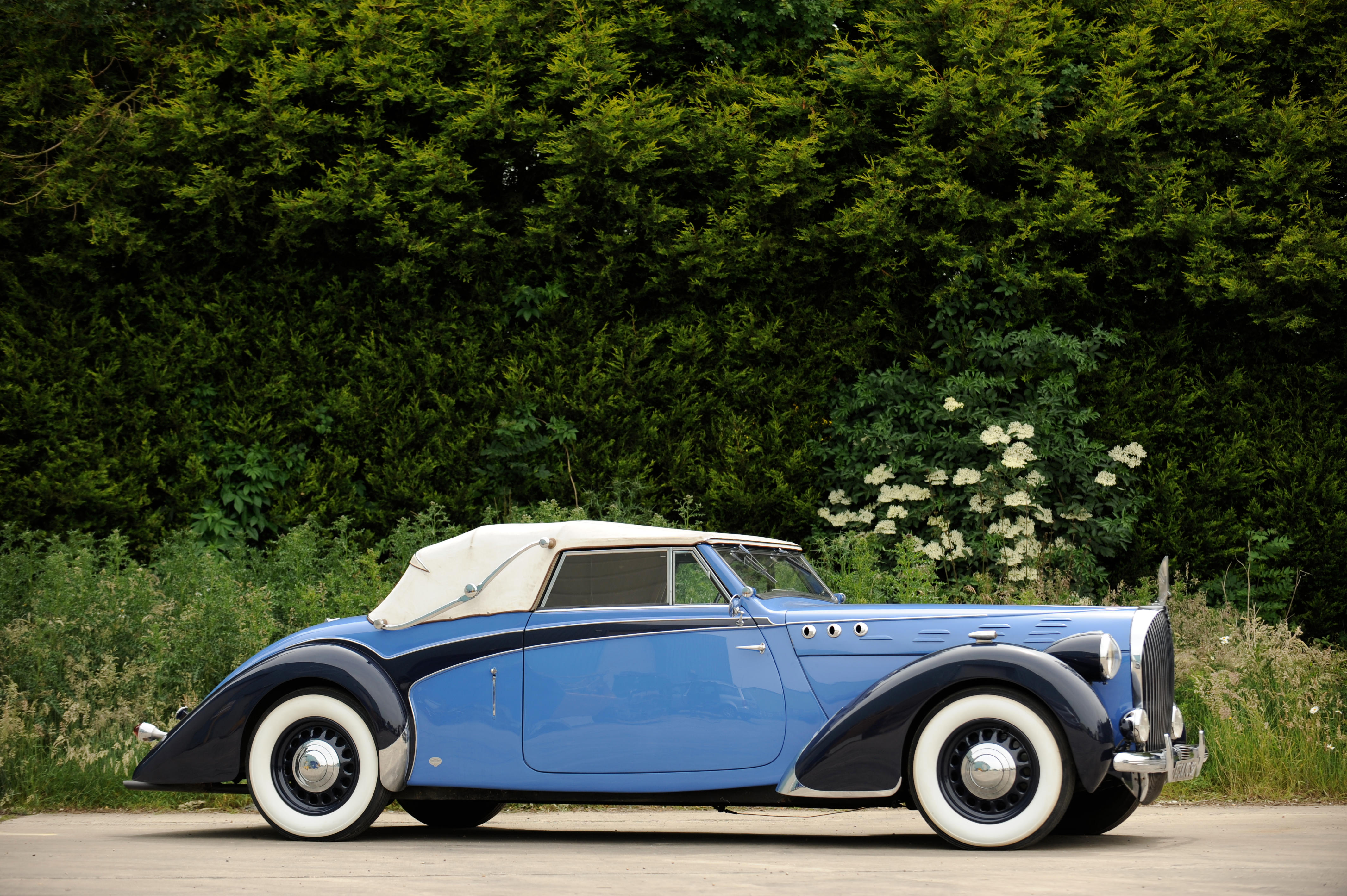
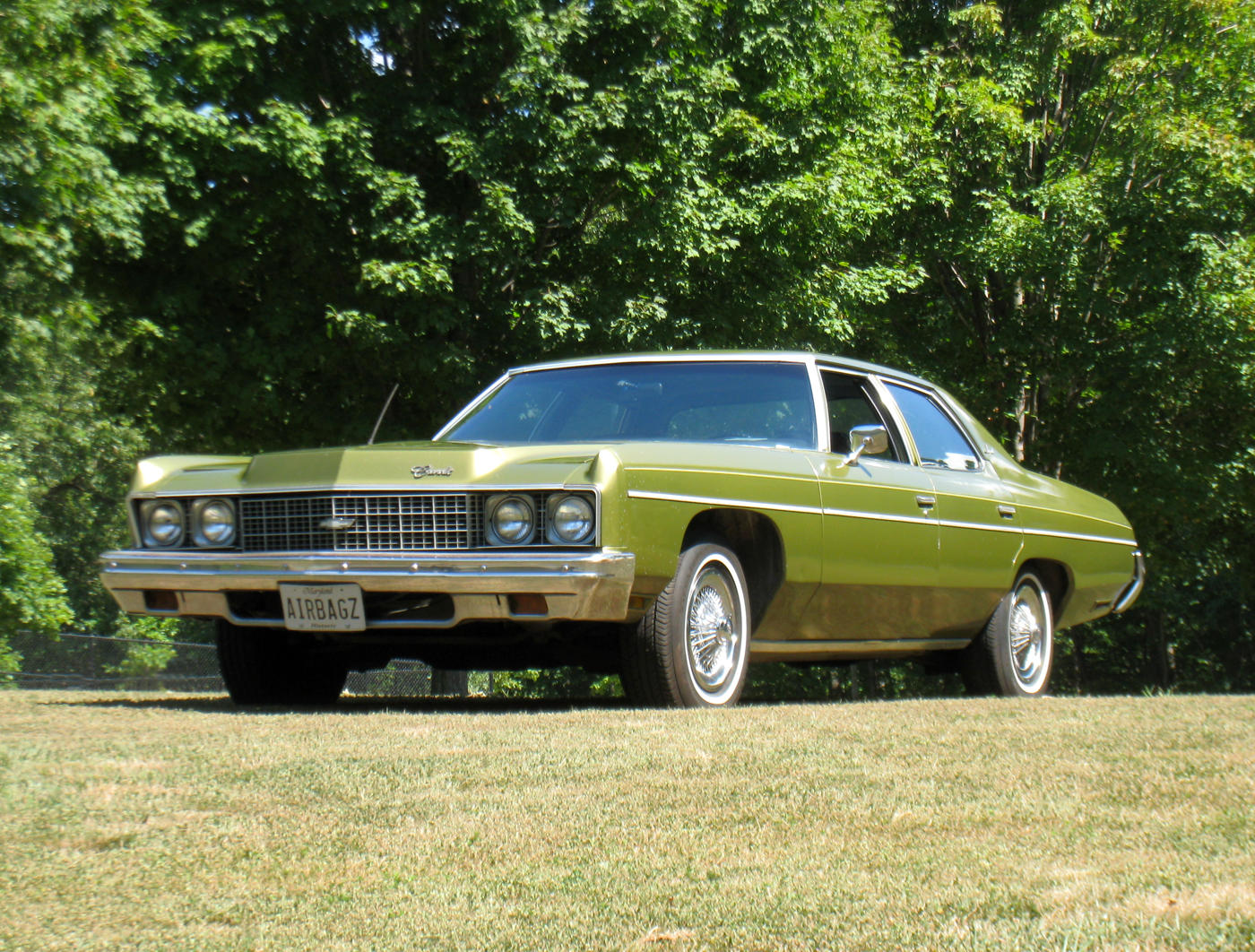

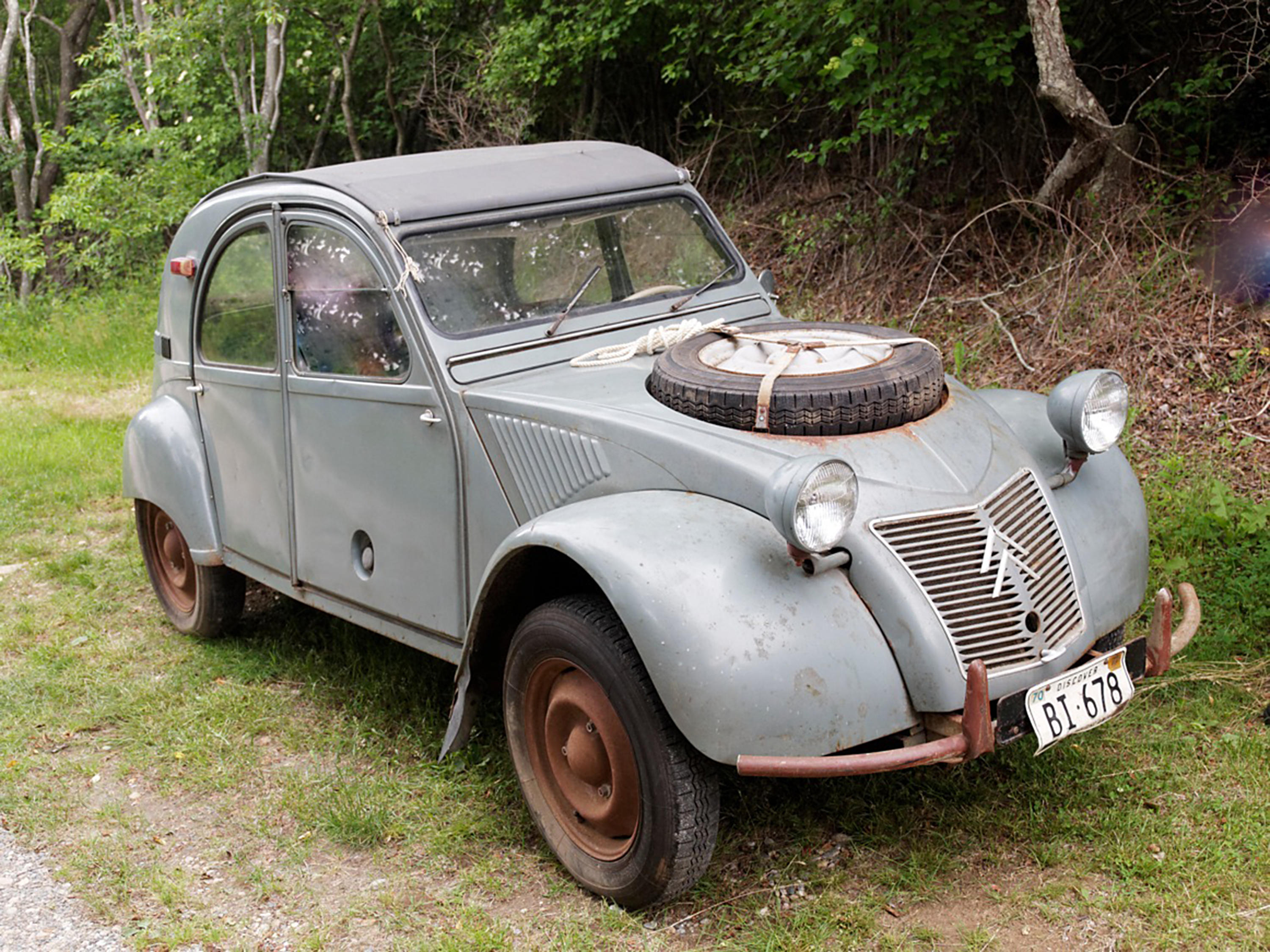
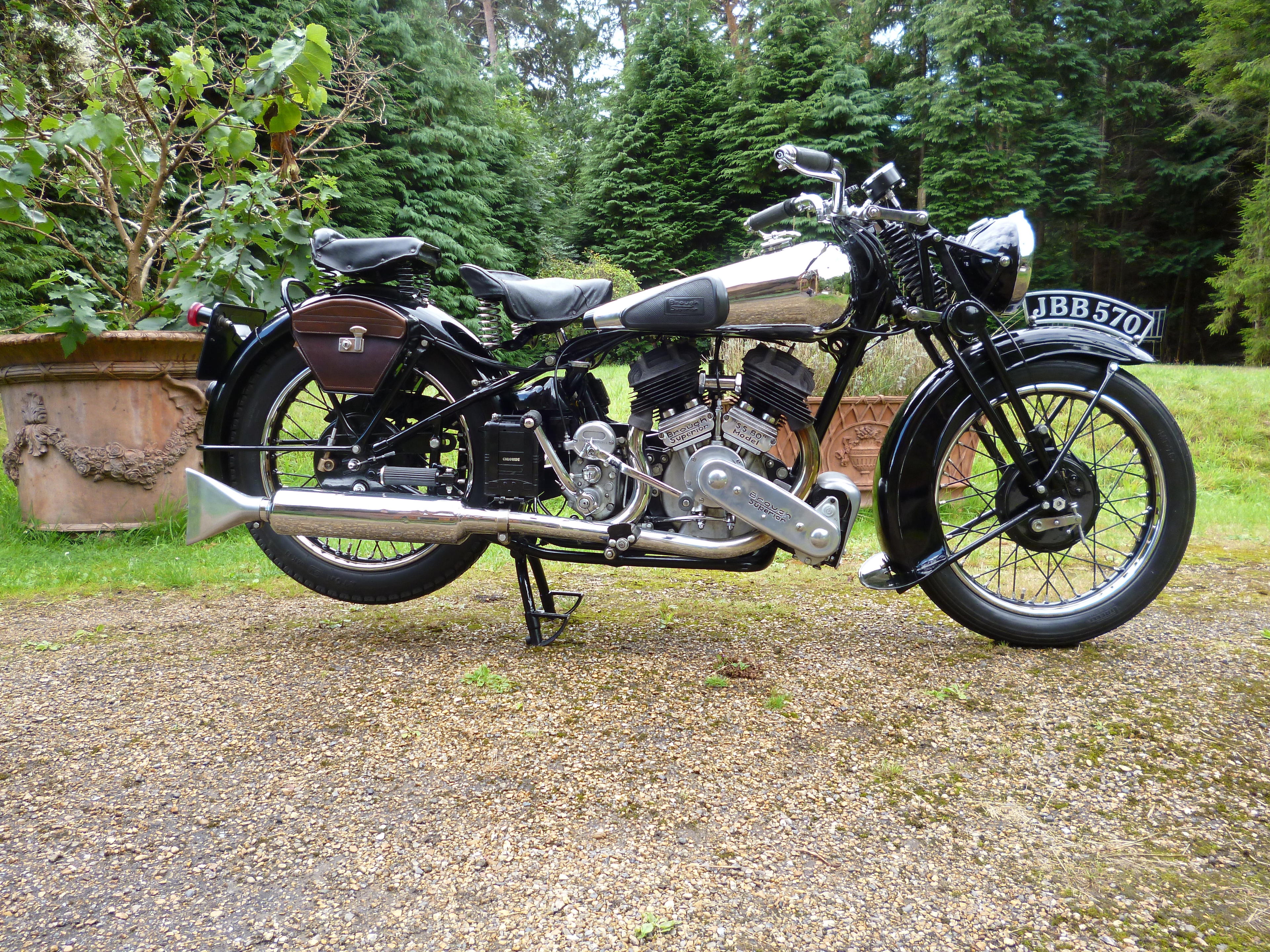
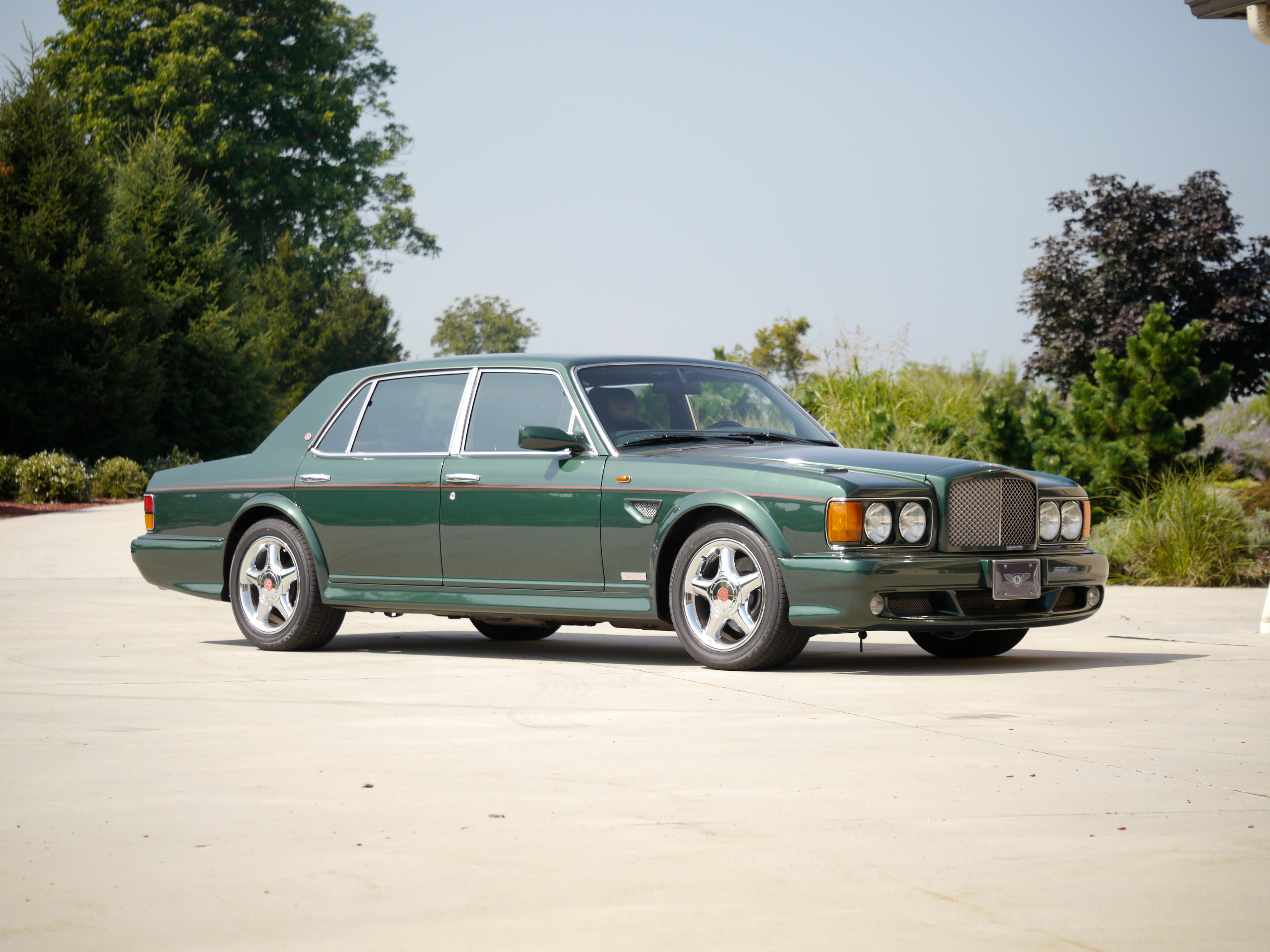
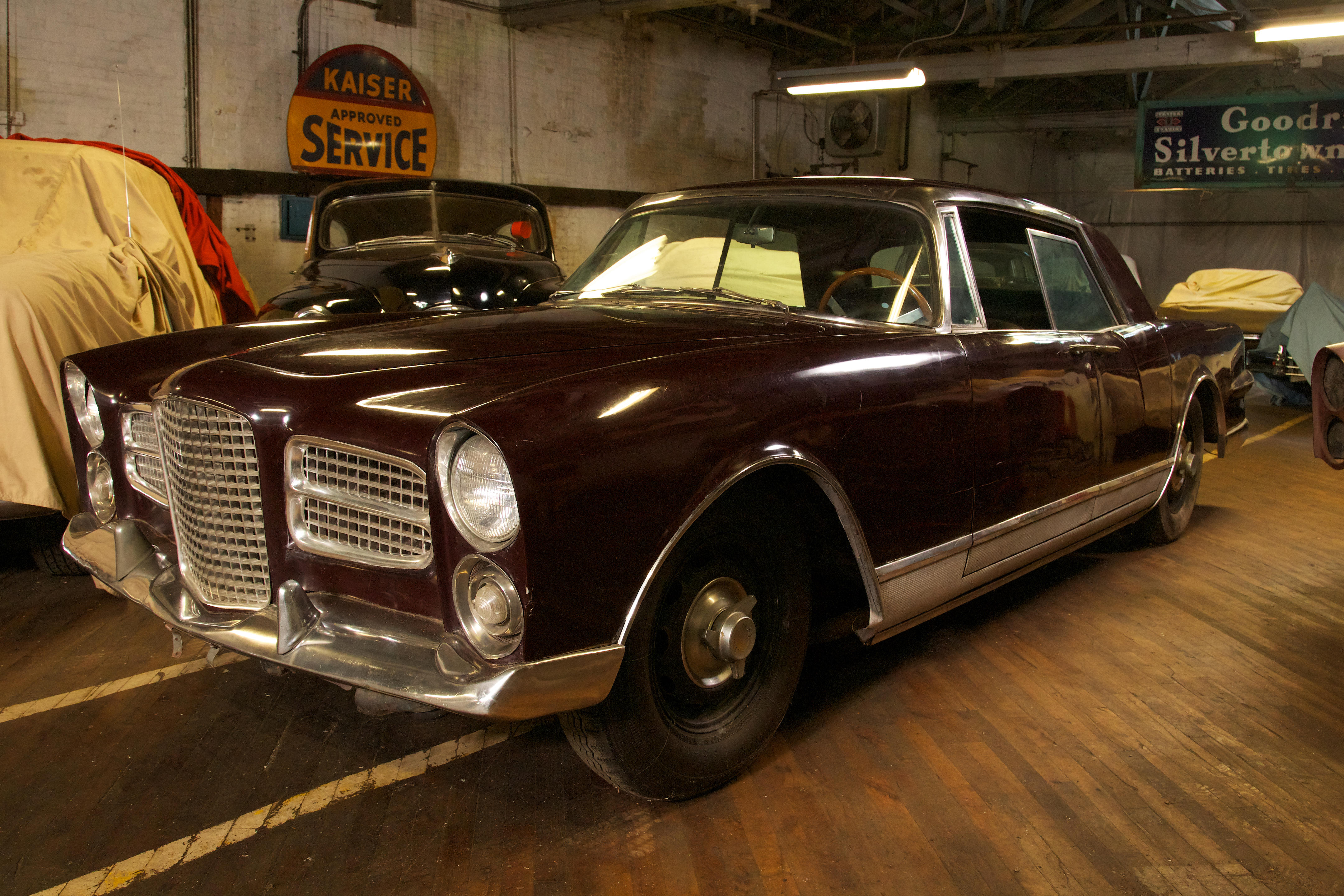
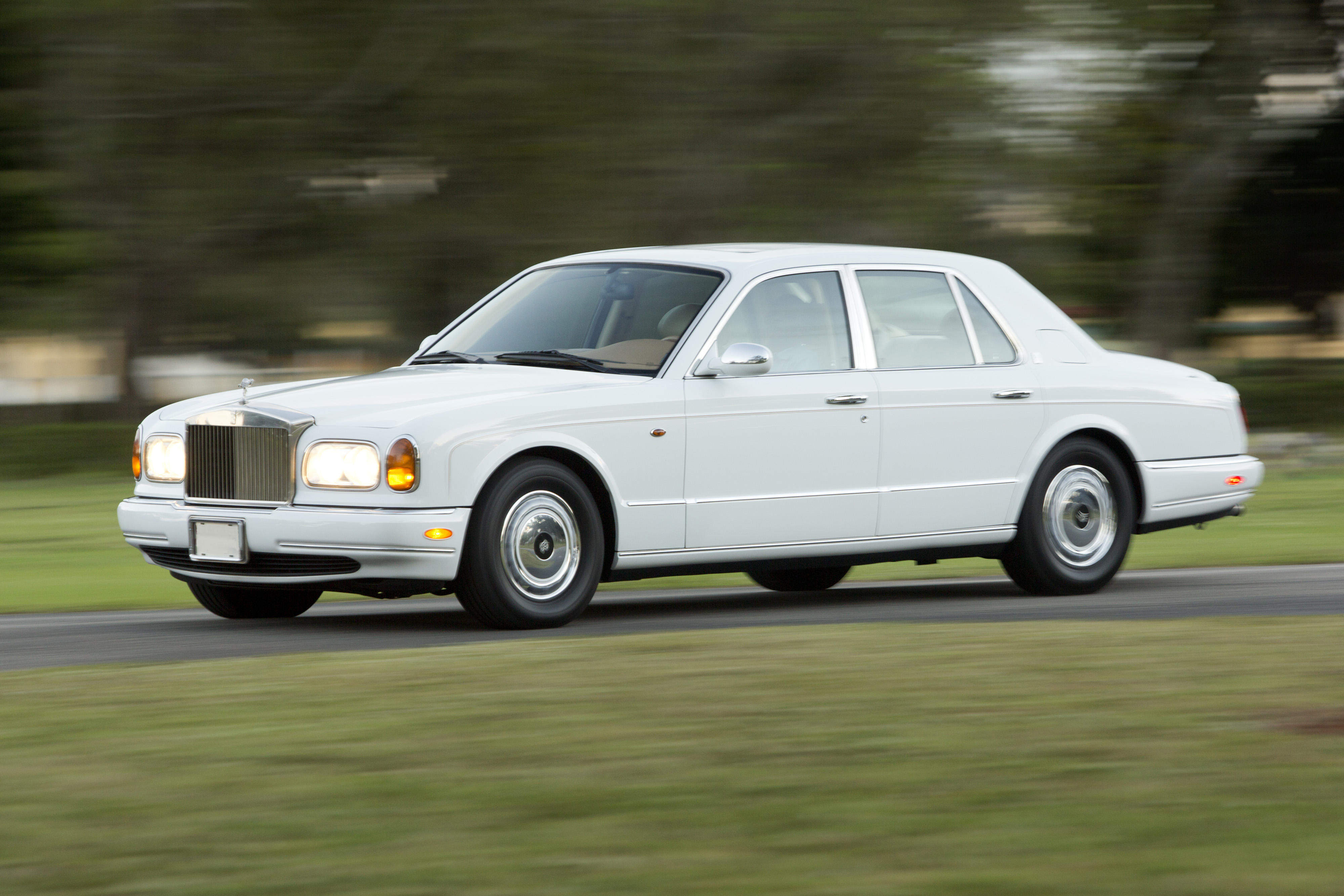


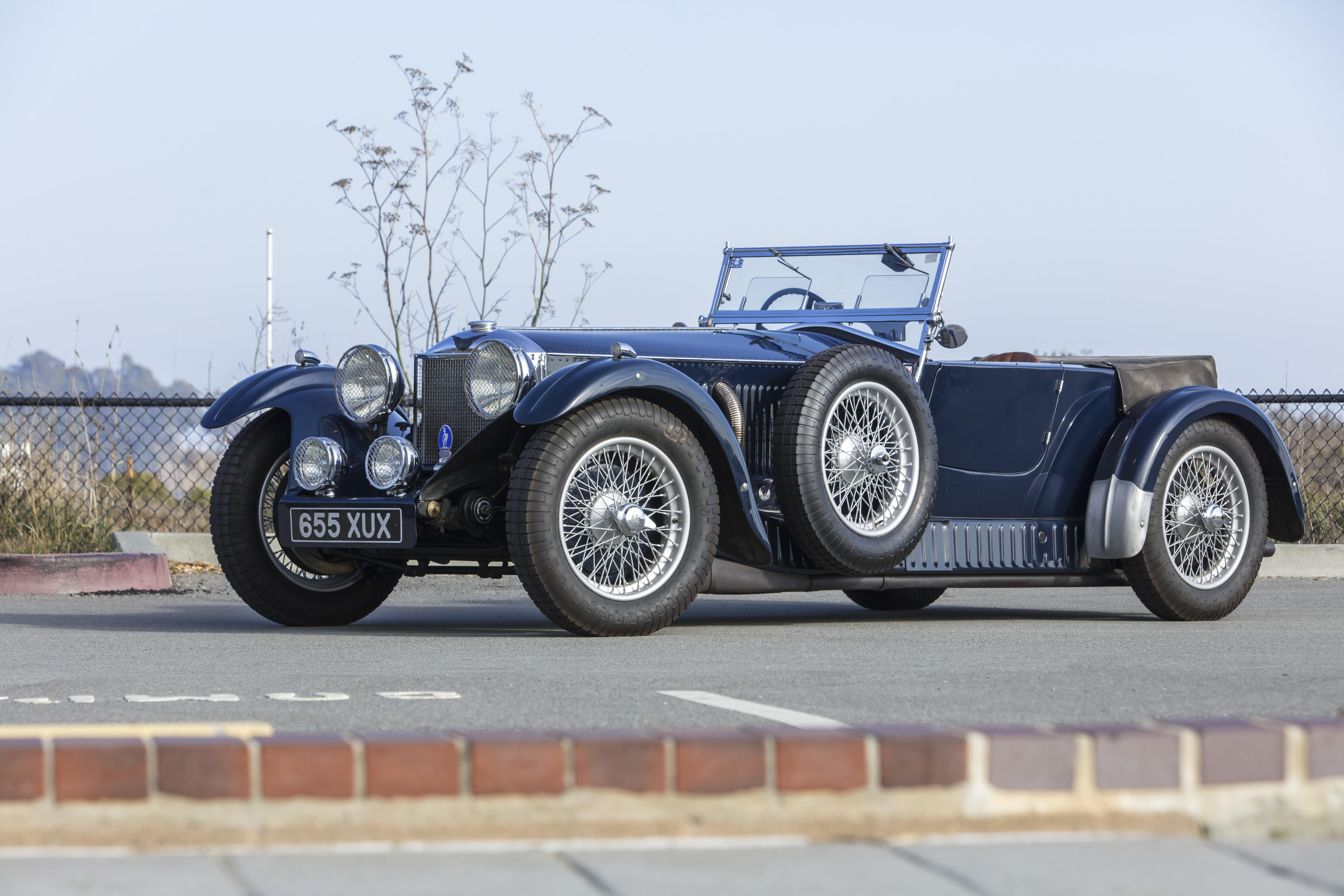

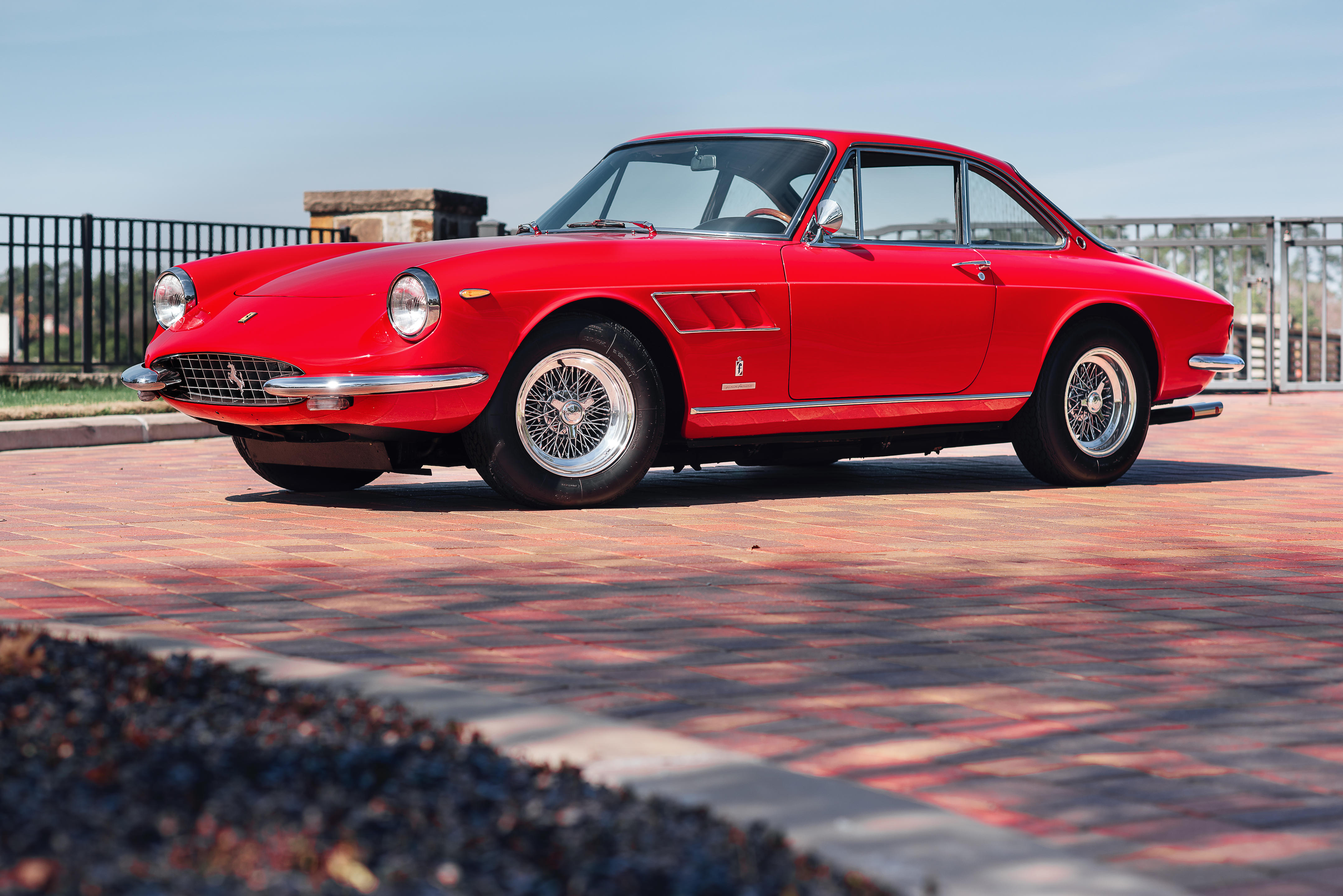

Testen Sie LotSearch und seine Premium-Features 7 Tage - ohne Kosten!
Lassen Sie sich automatisch über neue Objekte in kommenden Auktionen benachrichtigen.
Suchauftrag anlegen